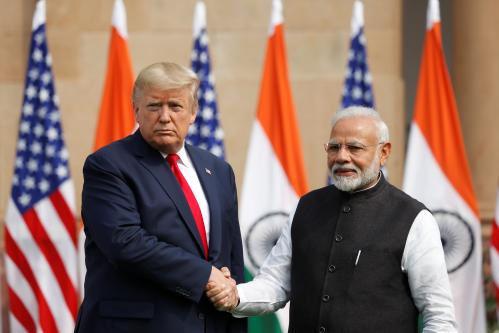This paper was originally published in the Journal of Comparative Economics.
Abstract
Indian infrastructure is in a state of flux. The provisioning of infrastructure services in India is steadily moving away from the realm of government to that of private sector. The critical issue has been getting economic structures right; in those sectors where there has been a recognition (and systemic implementation) of the principles of appropriate market structures, competition, and measured regulatory oversight, development has been rapid. The outcomes have varied by sector, with Indian telecom providing services that are globally cost-effective and electricity remaining a nightmare for consumers and a major bottleneck for India’s continuing growth. While a few ports have significantly increased their efficiency, the ports sector overall remains behind international benchmarks. The initial remarkable spurt in the National Highways Development Project enabled (and probably to an extent, fuelled) growth, and brought in some of India’s most innovative policy responses, but there has been a slowdown in momentum in expanding the programme. In recent years, there has simply not been the requisite (political) commitment to ownership of the innovation and motivation that is needed to sustain the pace of reform in key infrastructure sectors.
The Brookings Institution is committed to quality, independence, and impact.
We are supported by a diverse array of funders. In line with our values and policies, each Brookings publication represents the sole views of its author(s).

